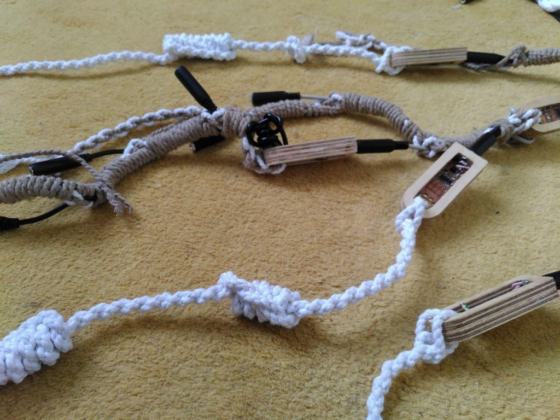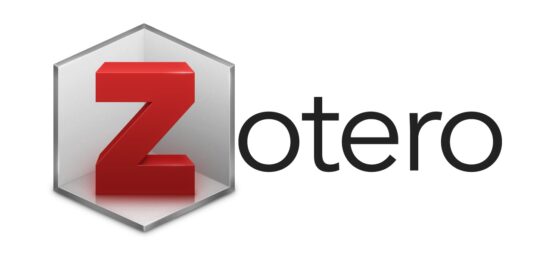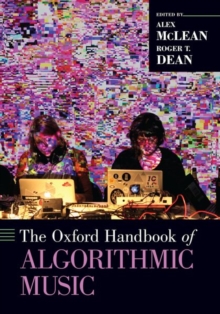I’ve been a bit behind on blogging in general, but made five posts in the Algorithmic Pattern blog yesterday.. On … More
Category: papers
My publications list – updated
My publications list was missing some entries and many of the PDFs. I started uploading everything to Zenodo, but although … More
Oxford Handbook of Algorithmic Music in paperback
The Oxford Handbook of Algorithmic Music (I always have to check whether it’s of or on) is out in paperback … More
NIME – algorithmic pattern
I gave a paper and performance for the New Interfaces for Musical Expression conferece last week. It was to be … More
Digital Art: A Long History and Feedforward
I wrote a paper with Ellen Harlizius-Klück and Dave Griffiths called “Digital Art: A Long History“, accepted to Live Interfaces … More
Oxford Handbook of Algorithmic Music
It’s out! It took a little bit longer than planned, but hugely happy to have the Oxford Handbook of Algorithmic … More
Oxford Handbook on Algorithmic Music – draft ToC
Part of the reason I might have been a bit slow the past year or so – the draft table … More
2nd Workshop on Philosophy of Human+Computer Music
Happy to have the following abstract accepted for the 2nd Workshop on Philosophy of Human+Computer Music, in the University of Sheffield. … More
Neural magazine interview on live coding (2007)
Here’s an interview which appeared in the excellent Neural magazine in June 2007 (issue 27). A scan is also available. … More
PhD Thesis: Artist-Programmers and Programming Languages for the Arts
With some minor corrections done, my thesis is finally off to the printers. I’ve made a PDF available, and here’s … More




